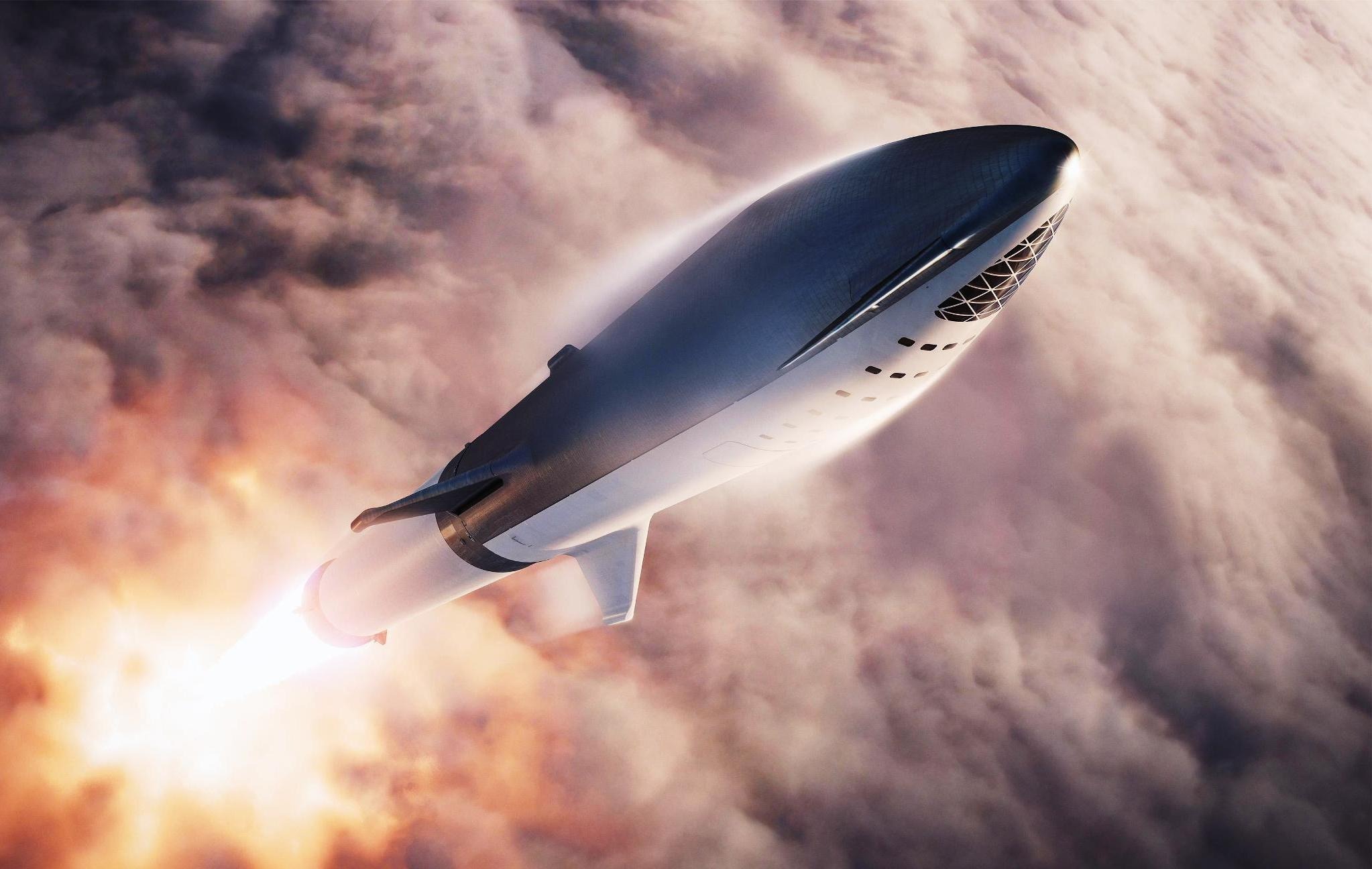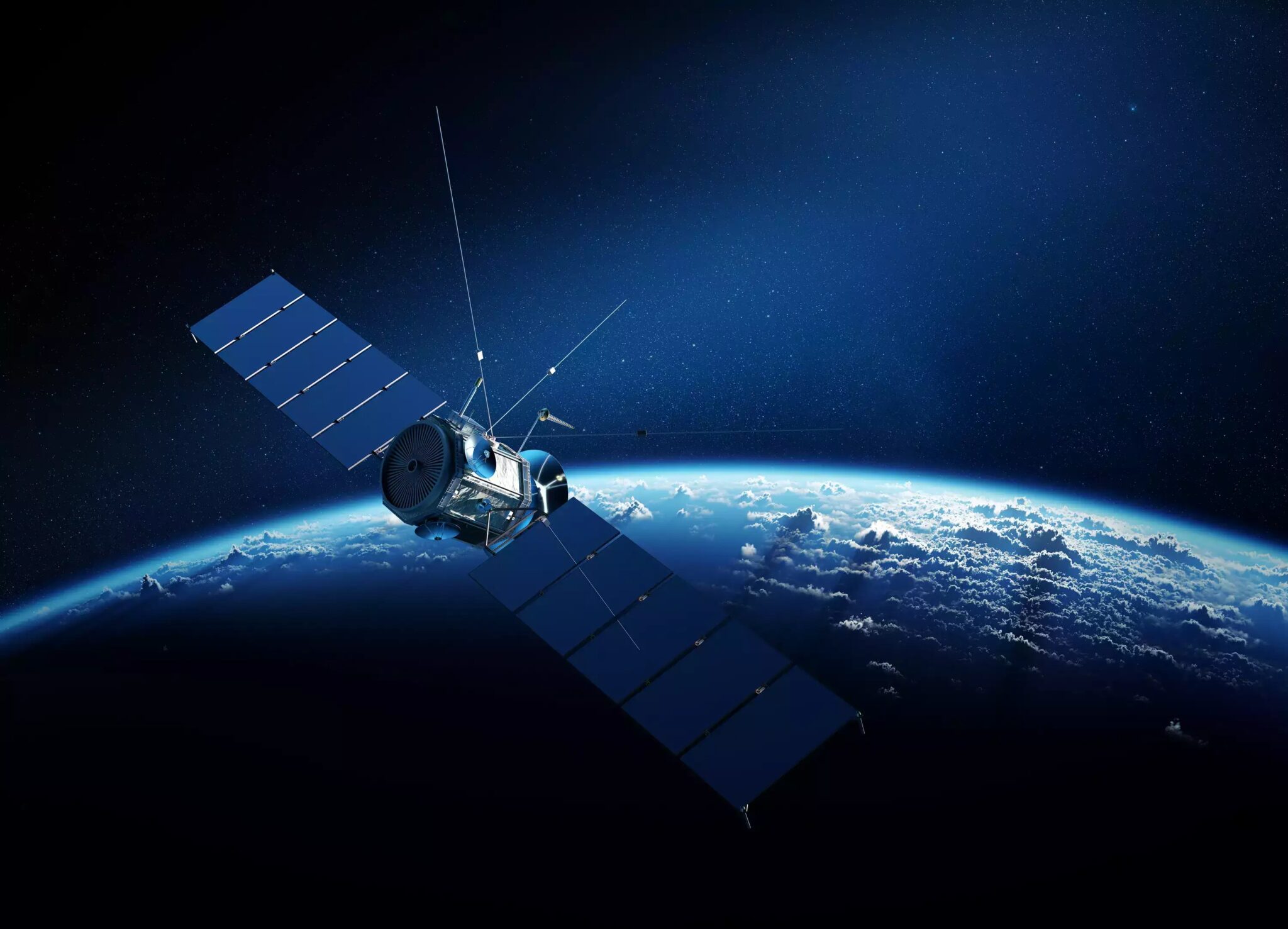SpaceX CEO Elon Musk said that the next generation of Starlink satellites would be so large that they could only be launched using a Starship rocket. This will significantly increase network capacity and reduce signal delay by lowering the orbital altitude.

On Twitter, Musk emphasized that Starship was capable of delivering new satellites that would increase bandwidth by 10 times. SpaceX has already asked the Federal Communications Commission (FCC) for permission to lower Starlink’s orbit to less than 480 kilometers above the Earth’s surface. These satellites are also scheduled to be launched from a spaceport in Boca Chica, Texas, which is also dependent on Federal Aviation Administration (FAA) approval.
Unlike the actual satellites, which are launched by Falcon 9 rockets, the new vehicles will be larger and heavier, so will be deployed exclusively by the Starship rocket. However, the filed application to the FCC doesn’t include the exact parameters of the satellites or details about the launch features yet. However, we know their total planned number of 29,988.

At the same time, SpaceX is actively demonstrating Starship’s capabilities as a reusable rocket. During Starship’s fifth test flight, Starlink Vice President Michael Nichols noted: “Today we have gotten one step closer to gigabit connectivity anywhere in the world thanks to a successful flight!”
However, the previous experience with Starlink’s network expansion was not perfect. Last February, SpaceX launched a new version of satellites that were four times the size of their predecessors. However, a review by Sky & Telescope found that their signal was weaker than previous models.
Despite Musk’s ambitious plans, the problems of clogging the orbit and blocking visibility for astronomers remain unresolved. In addition to improving connectivity, SpaceX will have to integrate these challenges into the next phases of network deployment.
We previously reported on how China adapted Starlink to detect stealth aircraft.
According to arstechnica.com


